is a type of fabric that is hand-woven and hand-spun by localize artisans all over south Asia, in countries such as India, Bangladesh and Pakistan. The word is borrowed from the Hindi word ‘Khaddar’, which is the regional term for the fabric. This fabric is usually fashioned out of the natural cotton fibre but is occasionally devised out of silk and wool as well.is acknowledged for its irregular, raw texture along with a comforting caress. More practically, the fabric also has the potential to adapt according to seasons, like keep the body warm during winter and cool during summer.
History
The process involving the manufacture of fabric that is hand-spun and hand-woven has been developed and passed down for thousands of generations. Ever since the advancement of the Indus civilizations, that occurred around 2800 B.C, the evolution and expansion of Indian textiles were well in place.
This advancement was aided with tools such as terracotta spindle whorls which were used to spin yarn, along with tools made out of bones for weaving, terracotta beads to form textile impressions. Not only this, but various figurines were discovered as well, supporting the presence of in ancient times. One of the most famous figurines is of Mohenjodaro, the priest-king. It is a sculpture depicting him wearing a cloak over his shoulder, which is designed with patterns that are used, even today, in modern Gujarat, states of Rajasthan and Sindh, in Pakistan.
Process
Generally, the process of can be divided into two main stages of production. The first involves altering natural fibre into yarn. This is done by specialized tools such as a ‘Charkha’, which is a spinning wheel. The second stage occurs after, where the yarn is then carefully the and-woven into the fabric using looms. After this, there are several other small processes like dyeing the fabric and strengthening the natural fibres.
To know more about the step by step process click on the link https://worldofcrow.com/pages/fabrics
in India
In India, Cotton is habitually and routinely the individual natural fibre used for hand weaving. Now, India holds the title for the most cotton production in the world, after China. India grows around 20 varieties of Cotton, with the preponderance being the short-staple variety, which is the archetype for hand spinning.
Handspinning is the practice which converts pure, natural cotton fibre into yarn for fabrication. The strength and fineness of the yarn formed depends on the length of natural fibre used, accompanied by the technique and expertise of the spinner.
Locations
In India,is often hand-woven in Maheshwar, Madhya Pradesh, which is well acclaimed for weaving ‘Chanderi’ fabric. Maheshwar is a gorgeous city settled by the banks of river Narmada, whose water is often used as a key instrument in making fabric.
Benefits to the Skin
Another quality of hand-spun, hand-woven is that it is one of the softest fabrics shaped. At Crow, our clothing offers the comfort, calm and composure you want. The way our clothes are weaved gives the attribute of breathability to your skin and can be worn all year round, during any weather. Our fabric will keep you warm in winters and cool in the summers. We also use eco-friendly azo-free dyes which is very gentle to the skin, avoiding toxicity that comes along with other harsh chemical dyes, protecting your skin from unwanted allergies and reaction.
Women Empowerment
Conventionally, while mainly men are participating in the weaving process, women's take part in other related activities, such as bobbin binding, helping the weaver in sizing, and indubitably, being there for the man by providing support and energy through the loved drink, ‘chai’.
Historically, all over the world, the stereotype of the man being the sole earner and breadwinner of the house has spread and intended into our minds. However, at Crow, we work with fabric that is developed and produced mainly by women. In our experience with women and weaving, we have encountered many women who are involved in each activity of weaving, spinning, quality control, all at the same time while tending after and nurturing her child.
Although it is rare, it is extremely pleasant and humbling to look at rural women work independently and honing their skill, becoming more proficient and capable, earning respect from others, which they truly deserve. Every team member is assigned to do the work that is in their skills and capabilities, whether it be spinning, weaving, quality control or other such activities. We have seen immense acts of love, patience and dedication from the women we work with, which then translates into the high quality of each fabric in the end. The people involved in every little stage of weaving is extremely important and valuable to us at Crow. They are deeply appreciated for the final outcome of the intricately hand-woven, hand-spun fabric produced.

